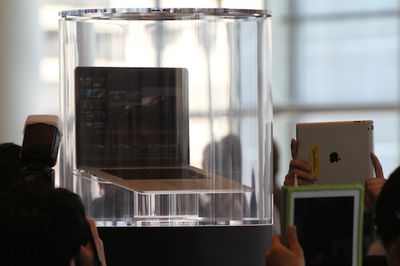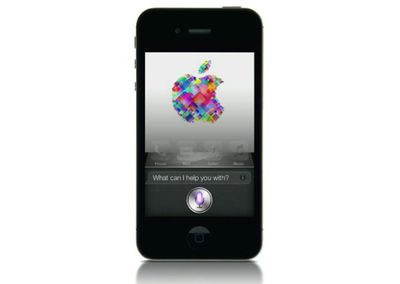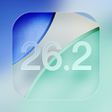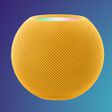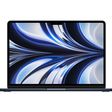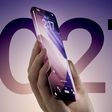The teardown experts at iFixit are currently in the process of taking apart the new 13-inch MacBook Air released yesterday, and while the machine appears to be only a minor update to the previous model, there are undoubtedly some changes that are worth noting.
The most notable change so far is with the solid-state storage. Apple has tweaked the connector design on the MacBook Air's integrated flash storage, making current replacement and upgrade modules from third parties incompatible with the latest models. Other World Computing has also noted this difference and indicated that they are working "full steam ahead" on launching new Aura Pro Express SSDs compatible with the 2012 MacBook Air. Apple announced at WWDC that it was using new 500 MBps SSDs in its MacBook Air, and the new connector design is likely to accommodate the faster data transfer capabilities.
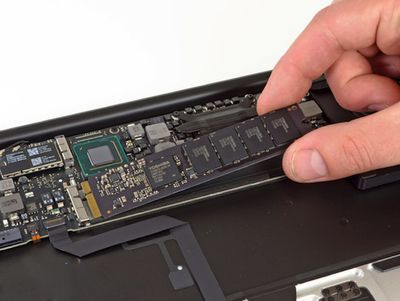
Toshiba SSD in Mid-2012 MacBook Air
Beyond the SSD, iFixit has found very few changes to the MacBook Air. The new models incorporate Apple's thinner Magsafe 2 standard that the company developed as it has sought to find ways to continue reducing the thickness of its notebooks. The new MacBook Air obviously also incorporates Intel's latest Ivy Bridge processors and new 1600 MHz RAM, as well as USB 3.0 support, but these upgrades have yielded very little in terms of changes to the machine's internal layout.
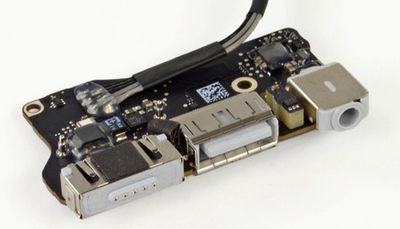
Left I/O board from Mid-2012 MacBook Air, with MagSafe 2 connector at left
iFixit's teardown is still underway, so there may yet be more news to come, and we will update this story with any additional discoveries of note.


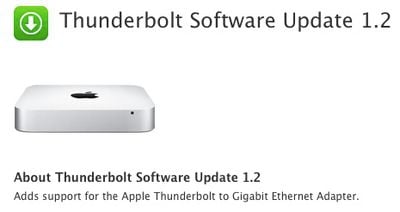

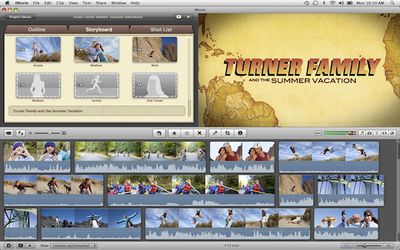
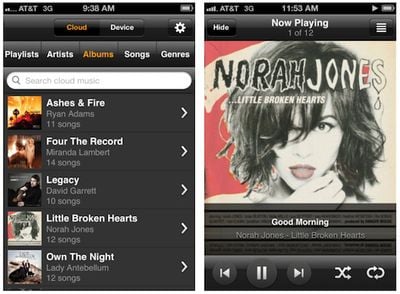
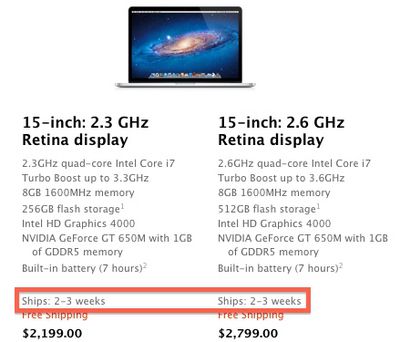
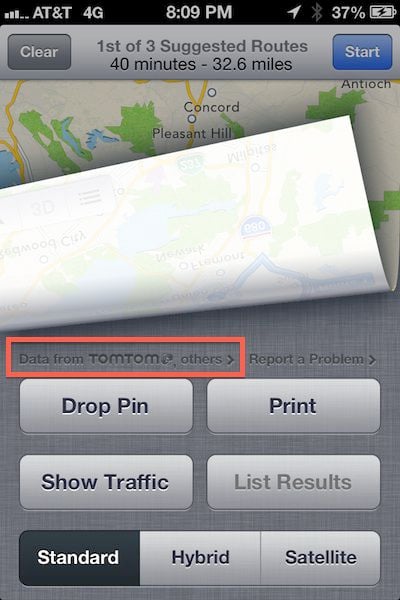
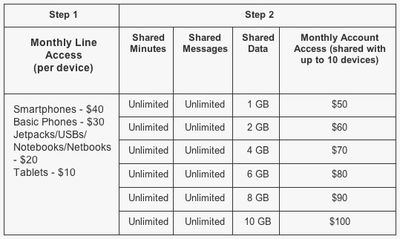
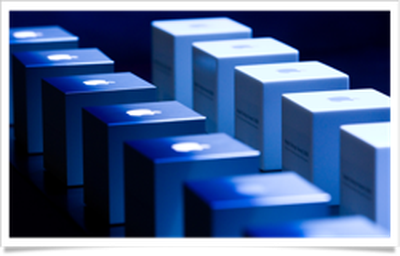 iPad
iPad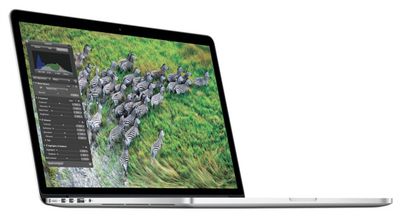
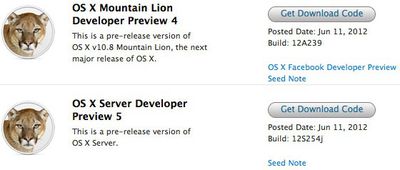
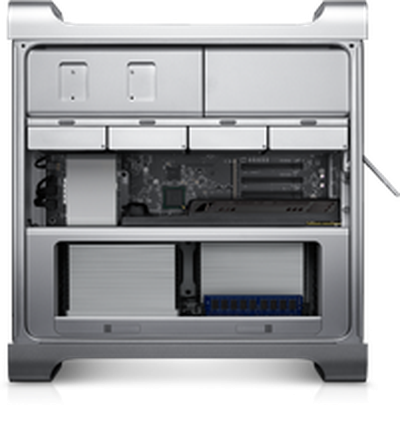 According to New York Times technology columnist David Pogue, Apple still believes in desktop Macs, including both the iMac and the Mac Pro.
According to New York Times technology columnist David Pogue, Apple still believes in desktop Macs, including both the iMac and the Mac Pro. 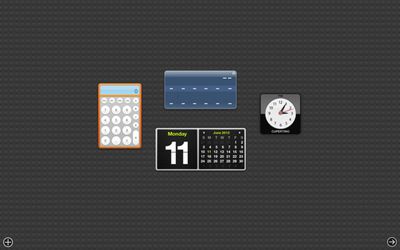


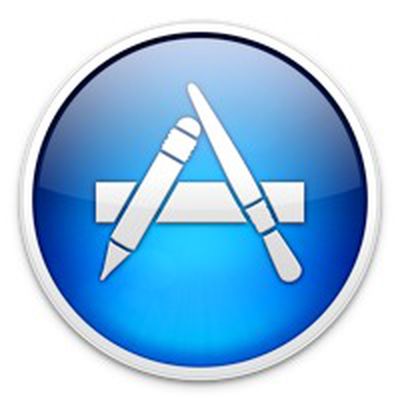 Apple has quietly issued updates for a number of its software packages following the WWDC keynote this morning. Final Cut Pro, Motion, Aperture, iPhoto and iTunes have all been given updates.
Apple has quietly issued updates for a number of its software packages following the WWDC keynote this morning. Final Cut Pro, Motion, Aperture, iPhoto and iTunes have all been given updates. 